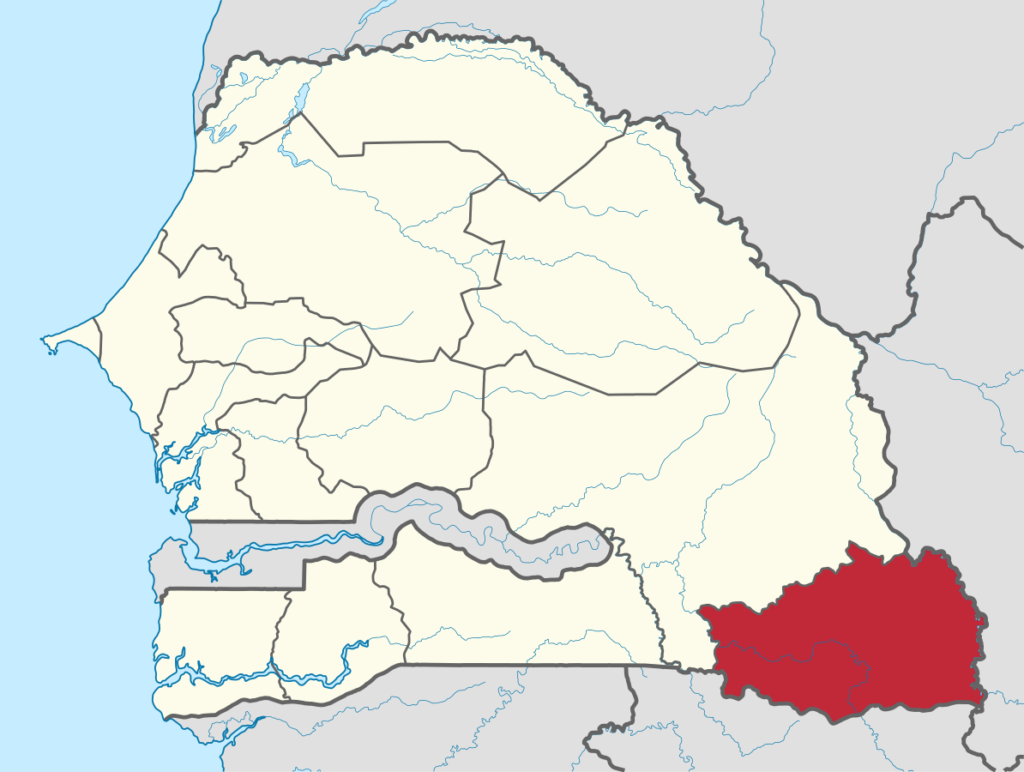In general, section 465 limits the amount of deductible net losses shareholders can claim from certain activities. The at-risk limitations don’t apply to the corporation, but instead apply to each shareholder’s share of net losses attributable to each activity. Because the treatment of each shareholder’s share of corporate net losses depends on the nature of the activity that generated it, the corporation must report the items of income, loss, and deduction separately for each activity. 925, Passive Activity and At-Risk Rules, for additional information. A penalty may be assessed if the return is filed after the due date (including extensions) or the return doesn’t show all the information required, unless each failure is due to reasonable cause.
It is crucial for S corporations to be aware of and comply with local tax regulations in their area, as failing to do so may result in penalties and fees. Stephen Kirkland () is a compensation and financial consultant with Atlantic Executive Consulting Group LLC. The positions used for comparison should be sufficiently analogous to the shareholder’s position in the company. However, it is not always necessary for a shareholder to be paid within the range of comparability data. The use of these two methods varies from one federal district court to another. Regardless of which methodology is used, the IRS and courts carefully consider compensation comparability data during their analyses.
Dues and other similar amounts paid to certain tax-exempt organizations may not be deductible. If certain in-house lobbying expenditures don’t exceed $2,000, they are deductible. For information on contributions to charitable organizations that conduct lobbying activities, see section 170(f)(9).
Step 1: Gather the Necessary Information for Form 1120S
For purposes of determining the QBI or qualified PTP items, UBIA of qualified property, and the aggregate amount of qualified section 199A dividends, fiscal year-end S corporations include all items corporate sponsorships for nonprofits from the fiscal tax year. This amount represents recapture of the section 179 deduction if business use of the property dropped to 50% or less before the end of the recapture period. If the business use of any property for which a section 179 deduction was passed through to shareholders dropped to 50% or less (for a reason other than disposition), the corporation must provide all the following information. Property subject to a net lease isn’t treated as investment property because it is subject to the passive loss rules. Don’t reduce investment income by losses from passive activities.
- A deemed dividend is treated as if it were a pro rata distribution of money to the shareholders, received by the shareholders, and immediately contributed back to the corporation, all on the last day of the tax year.
- Report each shareholder’s pro rata share of net section 1231 gain (loss) in box 9 of Schedule K-1.
- Enter amounts for fringe benefits paid or incurred on behalf of employees owning 2% or less of the corporation’s stock.
- Examples of items reported using code U may include the following.
- Payments made by transferee S corporations to eligible taxpayers for the purchase of eligible credits as a result of a transfer election under section 6418 are treated as nondeductible expenses and are reported on this line 16c.
It must indicate the status in the appropriate checkboxes for each trade or business (or aggregated trade or business) or PTP interest reported. Use code U to report any information that may be relevant for shareholders to figure their net investment income tax when the information isn’t otherwise identifiable elsewhere on Schedule K-1 or Schedule K-3. Attach a statement that shows a description and dollar amount of each relevant item. It must also report the line 2 amounts to its shareholders. Attach to each Schedule K-1 a separate statement providing the information the corporation is required to show on Form 4255, but list only the shareholder’s pro rata share of the basis of the property subject to recapture.
Administrative and support services
See section 274(n)(3) for a special rule that applies to expenses for meals consumed by individuals subject to the hours of service limits of the Department of Transportation. Complete and attach Form 7205 if claiming the energy efficient commercial building deduction. Form 5500 and Form 5500-SF must be filed electronically under the computerized ERISA Filing Acceptance System (EFAST2).
Professional, scientific, and technical services
Sign up to receive more well-researched small business articles and topics in your inbox, personalized for you. If you can’t file your 1120S by March 15, you should file IRS Form 7004a by that date. By filing Form 7004, the understanding periodic vs. perpetual inventory IRS will give you an extra six months to file Form 1120S. You’ll need one balance sheet for the current year (end of tax year columns) and another balance sheet for the prior year (beginning of tax year columns).
If so, enter the amount from Form 8990, Part III, line 42, for excess taxable income on Schedule K. Report the shareholder’s pro rata share in box 17 of Schedule K-1. The unadjusted basis of qualified property is figured by adding the unadjusted basis of all qualified assets immediately after acquisition. The depreciable period ends on the later of 10 years after the property is placed in service or the last day of the full year for the applicable recovery period under section 168. The S corporation must first determine if it is engaged in one or more trades or businesses. It must then determine if any of its trades or businesses are SSTBs. It must also determine whether it has qualified PTP items from an interest in a PTP.
If the corporation entered into more than one activity subject to the at-risk rules (at-risk activity), the corporation is required to provide information separately for each at-risk activity to its shareholders. Check the box to indicate there is more than one at-risk activity for which a statement is attached. See At-Risk Activity Reporting Requirements under At-Risk Limitations, earlier, for details. The S corporation’s qualified trades or businesses include its section 162 trades or businesses, except for SSTBs, or the trade or business of providing services as an employee. A section 162 trade or business generally includes any activity if the taxpayer’s primary purpose for engaging in the activity is for income or profit and the S corporation is involved in the activity with continuity and regularity. For more information on what qualifies as a trade or business for purposes of section 199A, see the instructions for Form 8995, learn more about schedule k Qualified Business Income Deduction Simplified Computation, or Form 8995-A, Qualified Business Income Deduction.



